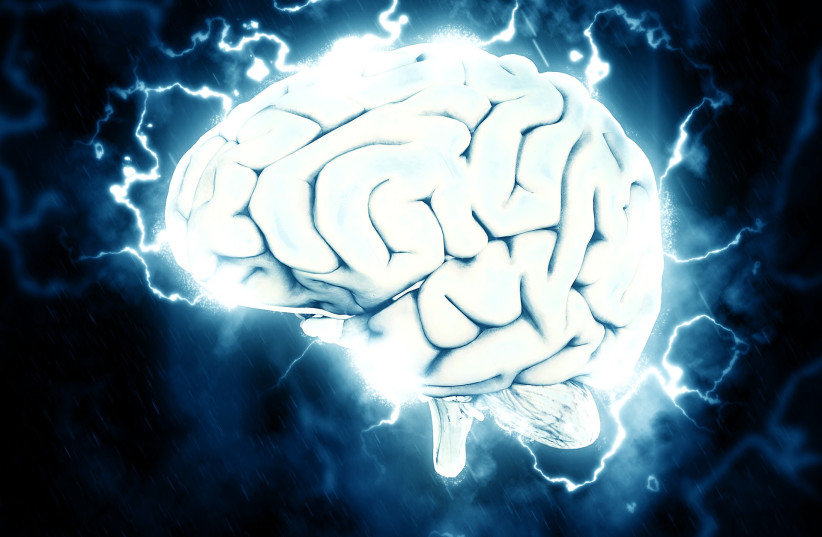A multidisciplinary team of national and international researchers published the first-ever peer-reviewed consensus statement examining accumulated scientific evidence about "near-death experiences" and laying out guidelines for the further scientific study of them.
Death remains "potentially reversible"
The team, led by Sam Parnia, MD, PhD and director of Critical Care and Resuscitation Research at NYU Grossman School of Medicine, included researchers from many medical disciplines and many academic institutions, including Harvard University, Baylor University, University of California Riverside, University of Virginia, Virginia Commonwealth University, Medical College of Wisconsin, and the universities of Southampton and London. The consensus statement was published in the journal Annals of The New York Academy of Sciences.
Advances in stem cell research, neuroscience and resuscitation science have provided insights into what happens to the human brain after death, the researchers stressed.
Researchers have found that it can take hours or even days before brain cells die, even once the heart has stopped beating and death has been declared. "From a scientific perspective, death remains potentially reversible for as long as the underlying cellular processes have not reached biological irreversibility, possibly hours to days into the postmortem period," the study said.
Resuscitation science, such as CPR – cardiopulmonary resuscitation – has allowed millions of people to be "brought back to life" even after their hearts have stopped beating. Many people who have been resuscitated have described "a unique set of recollections in relation to death that appears universal," wrote the researchers in the consensus statement.

How do you study death?
"Rigorous empirical studies" of these experiences are still limited, as barriers remain to the scientific study of them, including a lack of an overall research framework, precise definitions and terminology, they said.
The researchers stated that any future report or recollection describing an experience in relation to death should include six components:
- A relation with death
- A sense of transcendence
- Ineffability
- Positive transformative effects (related to meaning and purpose in life)
- The severity of illness that leads to loss of consciousness
- An absence of features of other coma-related experiences (such as conventional dreams, delirium and delusions).
They additionally advised that the term "recalled experience of death" (RED) be used instead of "near-death experience."
REDs follow a specific narrative, according to the researchers: perceived death and separation from the body, heading to a destination, reliving a recording of life that is purposeful, meaningful and educational, being in a place that feels like "home" and returning back to life.
These experiences are not consistent with psychedelic drug-induced ones, hallucinations or illusions.
"Intriguing insights" into how consciousness exists
People at the end of life have been observed to paradoxically demonstrate episodes of lucidity, even when lacking any visible signs of consciousness, the researchers pointed out. Studies showing the emergence of gamma activity and electrical spikes, which are ordinarily signs of heightened states of consciousness related to death that are seen using electroencephalography (EEG) further support the claims of millions of people who have reported REDs.
"Thus, studies of consciousness and lucidity during cardiac arrest, PVS [persistent vegetative state] and terminal lucidity during end of life experiences suggest that, paradoxically, people deemed to have irreversibly lost consciousness may in fact maintain a component of consciousness," they wrote.
The researchers added that while systematic studies have been unable to absolutely prove the reality or meaning of near-death experiences or REDs, it has been impossible to disclaim them either.
"Few studies have explored what happens when we die in an objective and scientific way, but these findings offer intriguing insights into how consciousness exists in humans and may pave the way for further research," Parnia said in a press release.
